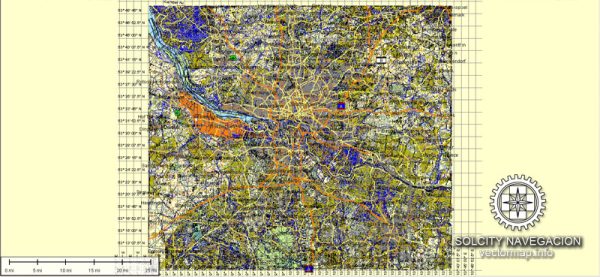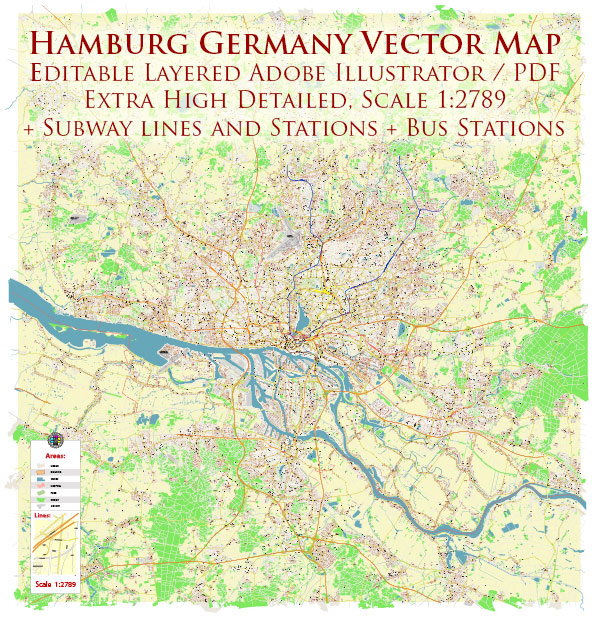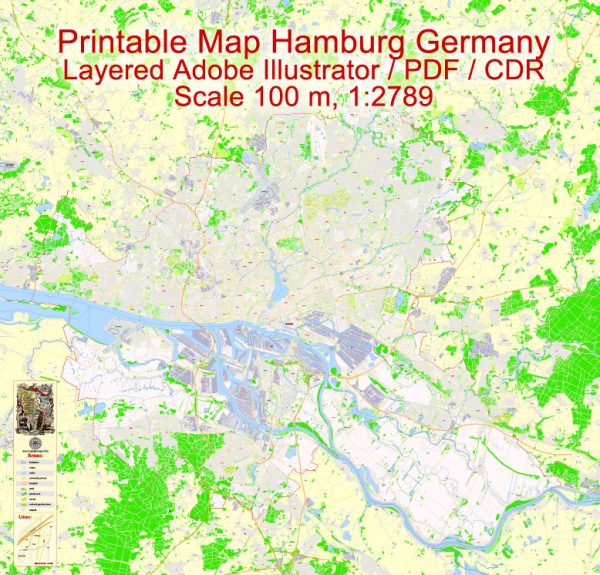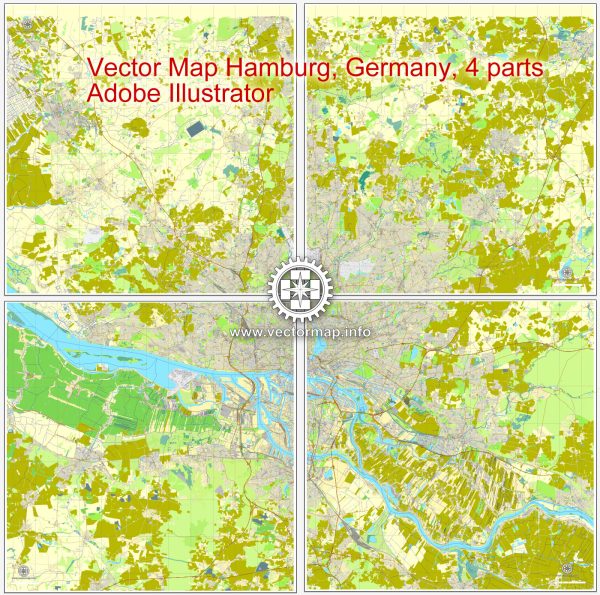Hamburg, Germany, is a city with a rich and diverse history. Here’s a brief description of its historical development:
- Early History: Hamburg’s history dates back over a thousand years. It was founded as a fortress by Charlemagne in the 9th century and established as a market town in 1189. Its strategic location along the Elbe River made it a crucial trading hub.
- Hanseatic League: Hamburg became a member of the Hanseatic League, a powerful medieval trading alliance, in the late 13th century. This association greatly contributed to the city’s economic prosperity, as it engaged in trade across the Baltic Sea and beyond.
- The Reformation: In the 16th century, the Protestant Reformation had a significant impact on Hamburg, leading to the establishment of Lutheranism as the dominant religion in the city.
- The Great Fire of 1842: One of the most significant events in Hamburg’s history was the Great Fire of 1842, which destroyed a substantial part of the city. This disaster prompted a massive rebuilding effort, leading to the construction of new, grand architectural landmarks.
- Industrialization and Growth: In the 19th century, Hamburg experienced rapid industrialization and became a major center for shipping, trade, and manufacturing. The city’s port, known as the Port of Hamburg, became one of the busiest in Europe.
- World Wars: Both World War I and World War II had a significant impact on Hamburg. During World War II, the city suffered heavy bombings, resulting in widespread destruction. After the war, the city was rebuilt, and its port continued to play a vital role in Germany’s post-war recovery.
- Post-War Era: In the post-war era, Hamburg reemerged as a major economic and cultural center. The city became known for its music and entertainment scene, with the famous Beatles performing there in their early years.
- Reunification of Germany: After the fall of the Berlin Wall in 1989 and the reunification of East and West Germany, Hamburg played a crucial role in the country’s political and economic reunification.
- Modern Hamburg: Today, Hamburg is a thriving metropolis known for its economic strength, cultural diversity, and vibrant arts scene. It is home to various museums, theaters, and music venues, as well as a range of architectural landmarks, including the iconic Elbphilharmonie concert hall. The Port of Hamburg continues to be one of Europe’s major ports, contributing significantly to the city’s economic prosperity.
Hamburg’s history is a testament to its resilience and adaptability, from its roots as a medieval trading town to its current status as a modern and cosmopolitan city in Germany.






 Author: Kirill Shrayber, Ph.D.
Author: Kirill Shrayber, Ph.D.